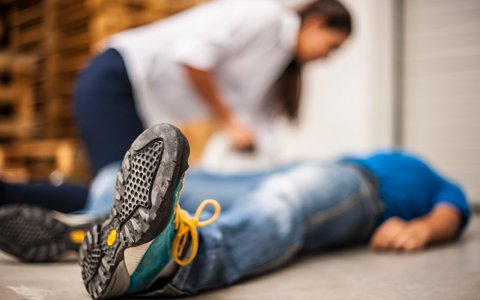Managing take-home naloxone administration events in Australia
Opioid overdose is a growing issue in Australia. Programs to provide opioid consumers with ‘take-home’ naloxone to reverse overdose exist internationally and in some Australian cities, but uptake remains inconsistent.
As an opioid antagonist, naloxone has the capacity to stimulate distressing withdrawal symptoms. These sensations are shaped by complex factors – including the quantity and intervals of naloxone administration – and can contribute to conflict during, and immediately following, revival. This possibility of conflict is thought to negatively affect willingness to use naloxone.
Researchers have not yet analysed this conflict in detail nor considered the potential positive social interactions that can occur in the context of take-home naloxone administration. We draw on interviews conducted as part of a broader Australian study of the use of take-home naloxone by people who consume opioids (or ‘peer administration’) to identify accounts of both conflict and appreciation. Additionally, we analyse the strategies people administering naloxone use to manage and avert potential conflict.
Drawing on Science and Technologies Studies, we conceptualise take-home naloxone as a technology that takes shape in practice with effects that are produced through specific practices during particular administration events. Focussing primarily on titration and communication, we argue that those administering naloxone actively manage the potential for conflict during administration.
We conclude that if efforts to increase the uptake of take-home naloxone highlight these strategies they have the potential to improve administration experiences and the reputation of take-home naloxone and, in the process, help challenge the stigma faced by people who consume opioids.











